
Hilary Weston, at home in Windsor
As co-founder of Windsor, a private residential community along Florida’s Treasure Coast, Hilary Weston is also Creative Director of The Gallery at Windsor. The serial philanthropist and scion of the retail family talks to LUX’s Candice Tucker about contemporary art, community, creatives – and why she pays no attention to the art market
LUX: What do you hope to achieve in art?
Hilary Weston: Art has been part of the fabric of Windsor since the community’s early days [Weston founded Windsor with her husband Galen, who died in 2021]. Over the years, The Gallery at Windsor has developed a reputation for staging exhibitions that present the very best of contemporary art. This latest exhibition by Sir Tony Cragg continues our desire to present the talents of some of the most important contemporary artists of our time.
Follow LUX on Instagram: luxthemagazine
LUX: How is the art-collecting community growing in Windsor?
HW: The Gallery at Windsor is at the heart of Windsor’s Cultural Art Programme, which encourages all Windsor members to participate in the arts, whether it be contemporary art in the gallery, performing arts, film or literature. I hope the success of the gallery has contributed to the culture of collecting at Windsor. Many pieces from the gallery’s exhibition series have remained at Windsor in our members’ homes. We are just over a two-hour drive north of Miami – a global capital for contemporary art, and the energy of Miami can be felt in Windsor, especially around Art Basel Miami Beach.

The Gallery at Windsor was founded in 2002, as an independent art space
LUX: How did you create your art initiative?
HW: We staged our first exhibition in March 2002. It was a photography show called “The Beach”, curated by Bettina von Hase. It explored the relationship between beach and society through the eyes of a range of artists including Jacques-Henri Lartigue, Robert Capa, David Hockney and John Baldessari. Over the years we have shown Christo and Jeanne-Claude, Ed Ruscha, Bruce Weber, Peter Doig, Alex Katz, Per Kirkeby and Christopher Le Brun. In 2011, the gallery began a three-year collaboration with the Whitechapel Gallery to realise exhibitions by Beatriz Milhazes, Gert and Uwe Tobias and Jasper Johns. I was particularly proud of our three-year collaboration with the Royal Academy of Arts, from 2018 to 2020. We showed Grayson Perry, Sir Michael Craig-Martin and the wonderful Rose Wylie. The sight of Grayson in his fabulous outfits electrified the community. He brought his family and they stayed a week. Everyone had such fun getting to know them.
LUX: How involved is your family in Windsor?
HW: While I am the Creative Director of The Gallery at Windsor, it was my daughter Alannah who founded it in 2002. I admire her creativity hugely. When a growing family and business commitments began to take up more of her time, I took over the reins of the gallery. As Principal of Windsor, Alannah is leading the final phase of its development – a 47-acre swath of land adjacent to the country’s first protected wildlife preserve and the banks of the Indian River Lagoon. The North Village will include 40 residences, wellness amenities, a heightened attention to sustainability and an outdoor art programme.

Christopher Le Brun, Grayson Perry, Hilary Weston, Tim Marlow, Philippa Perry and Galen Weston, in front of Grayson Perry’s Comfort Blanket, at The Gallery at Windsor, 2018
LUX: Name five people you think are having the greatest impact on the art world right now.
HW: There are so many wonderful people creating art and leading the art world. Working with two world-renowned art institutions, the RA and Whitechapel Gallery, and art-world leaders such as Sir Christopher Le Brun and Iwona Blazwick has enabled us to welcome incredible artists, some in the earlier stages of their career, such as Ed Ruscha and Beatriz Milhazes, who went on to enjoy amazing success.
LUX: What effect do you think bringing major artists to Windsor has on the community?
HW: We believe culture is a crucial part of the spirit of a community, so it is natural that art and artists have been part of the ethos of Windsor. The gallery extends past our gates to the local Vero Beach community. We open for public docent-led tours two days a week. The tours are complementary and we accept donations for our charitable foundation that supports local arts education. We have strong ties with the area’s arts organisations and hold an ongoing roster of collaborative cultural events with them. We are proud and privileged to be able to introduce an artist of Sir Tony’s calibre to our membership and the community at large.

Part of Windsor’s fine arts programming has included collaborations with organisations such as the Whitechapel Gallery and the Royal Academy of Arts in London
LUX: Which new artists do you admire now?
HW: There will always be brilliant artists at any age who are under-recognised and then something just happens. The gallery here is known for showing some of the art world’s greats, but we aim to celebrate artists at whatever point of their careers. In the past few years, I have become acquainted with a young Irish abstract painter named Jack Coulter. His layered works are inspired by music. I visited his exhibition at Sotheby’s this past fall and a piece inspired by an album by the Anglo-Irish punk band The Pogues caught my eye. I think Jack is someone to watch.
LUX: The art-market peak has been called many times over the past ten years. Will it peak?
HW: I don’t follow the art market too closely. Markets go up and go down. I believe art is important to our lives and the market will do what it does.
LUX: What differences have you noticed in the new generation of collectors?
HW: My feeling is they are open to a more diverse range of practices. There are some interesting things being done in digital and performance art. It’s an area we’d like to explore more.
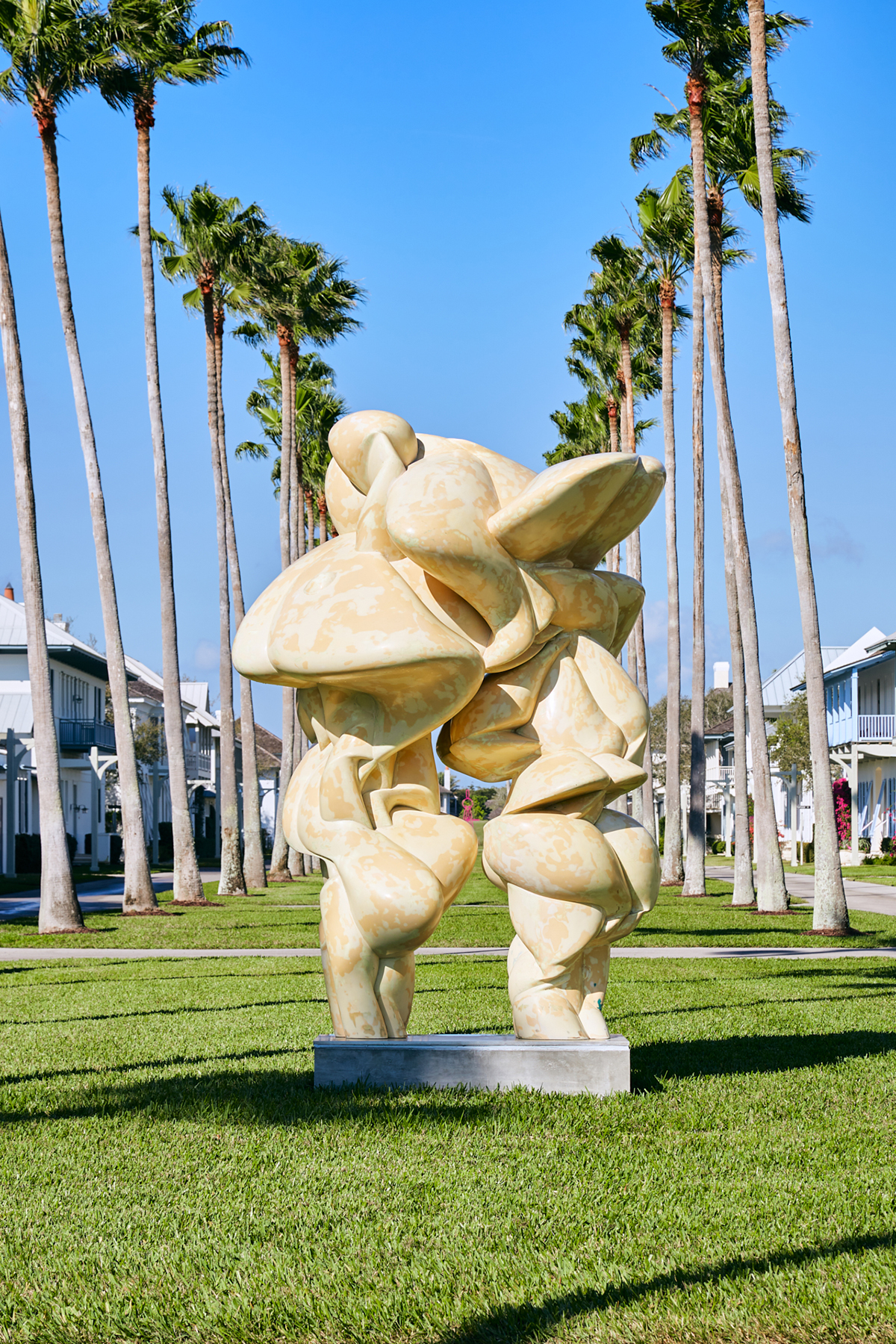
Views from The Gallery at Windsor’s major 2023 exhibition, “Tony Cragg: Sculptures and Works on Paper”
LUX: What’s next for art at Windsor?
HW: As a new generation joins the community, my hope is that art continues to be an important part of life at Windsor. We have many members who found Windsor through its art programme. With our planned outdoor art island, it is exciting to wonder what is in store for the future here.
Read more: Sophie Neuendorf: The best art shows this season
LUX: Where will the next US art hot spot be?
HW: Toronto is not in the US, but it is one base of the Weston family, and I’m proud and impressed by its metropolitan and welcoming outlook. With the success of the Toronto International Film Festival and new art fairs, it is an art hot spot that should not be overlooked.
LUX: What would you change in the art world?
HW: Wouldn’t it be wonderful for the focus of discussions to return to art and artists, rather than market and prices?
Find out more: windsorflorida.com
This article was first published in the Spring/Summer 2023 issue of LUX





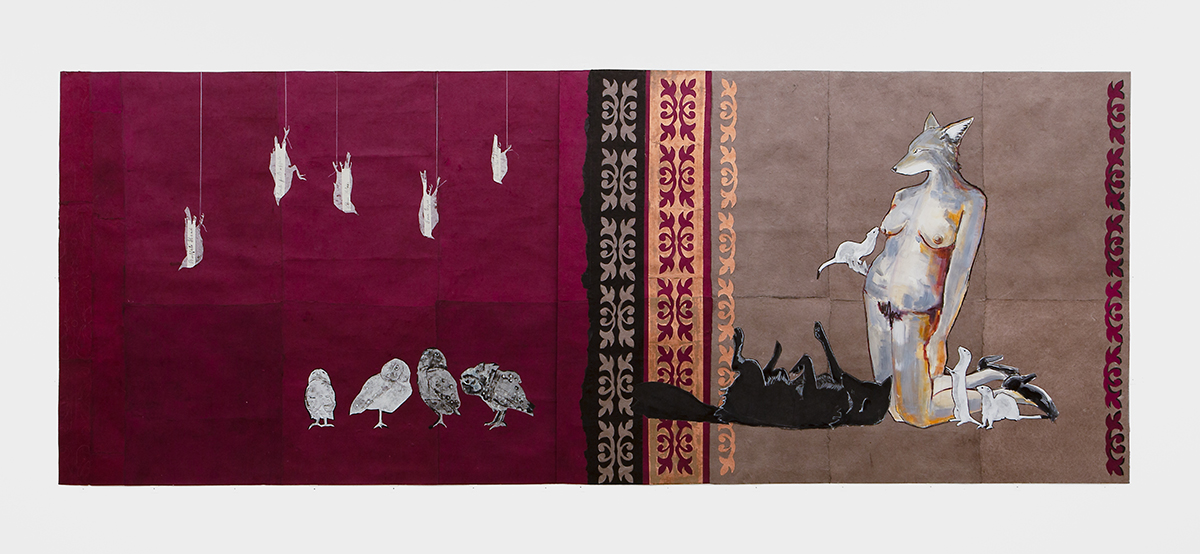








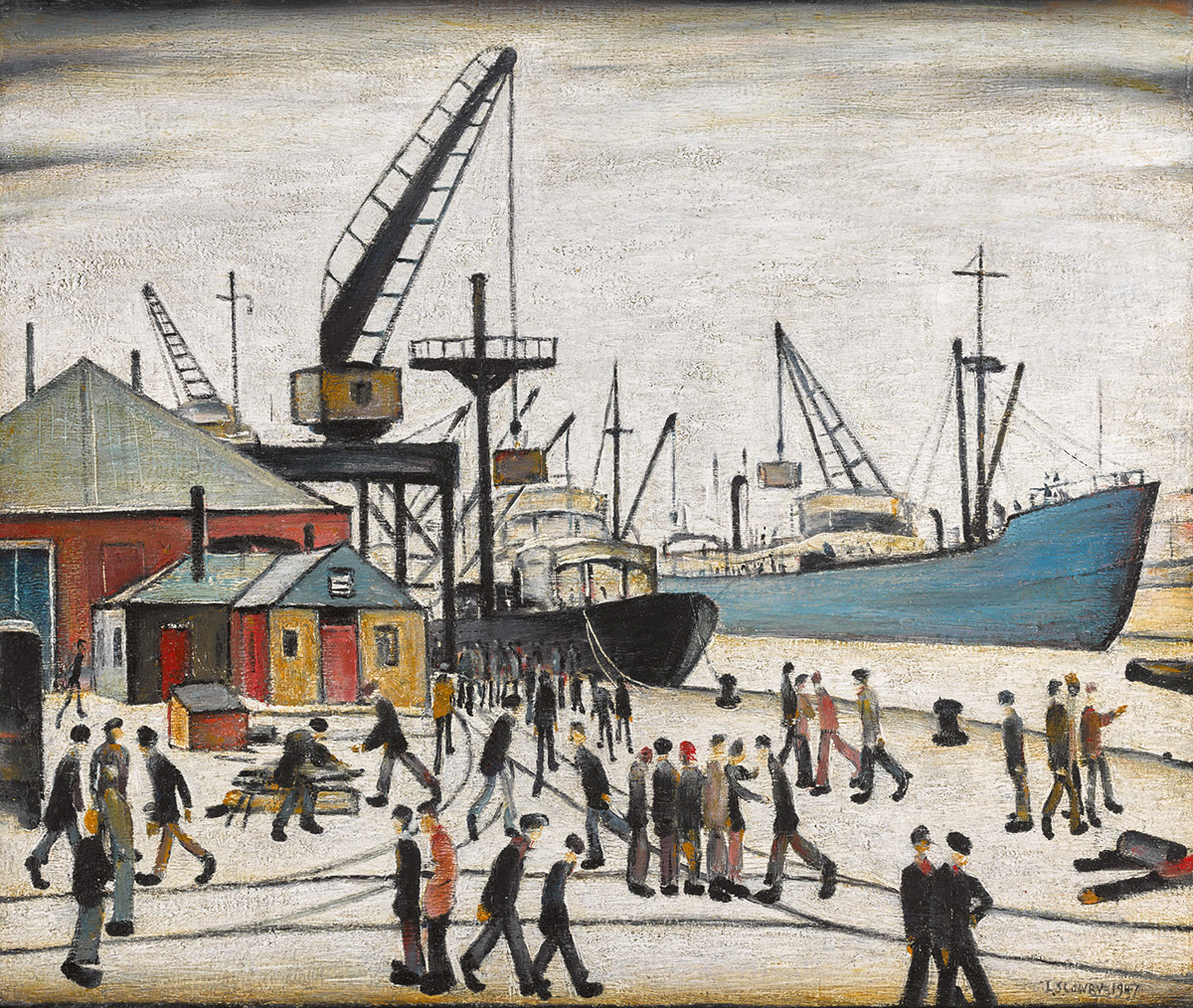

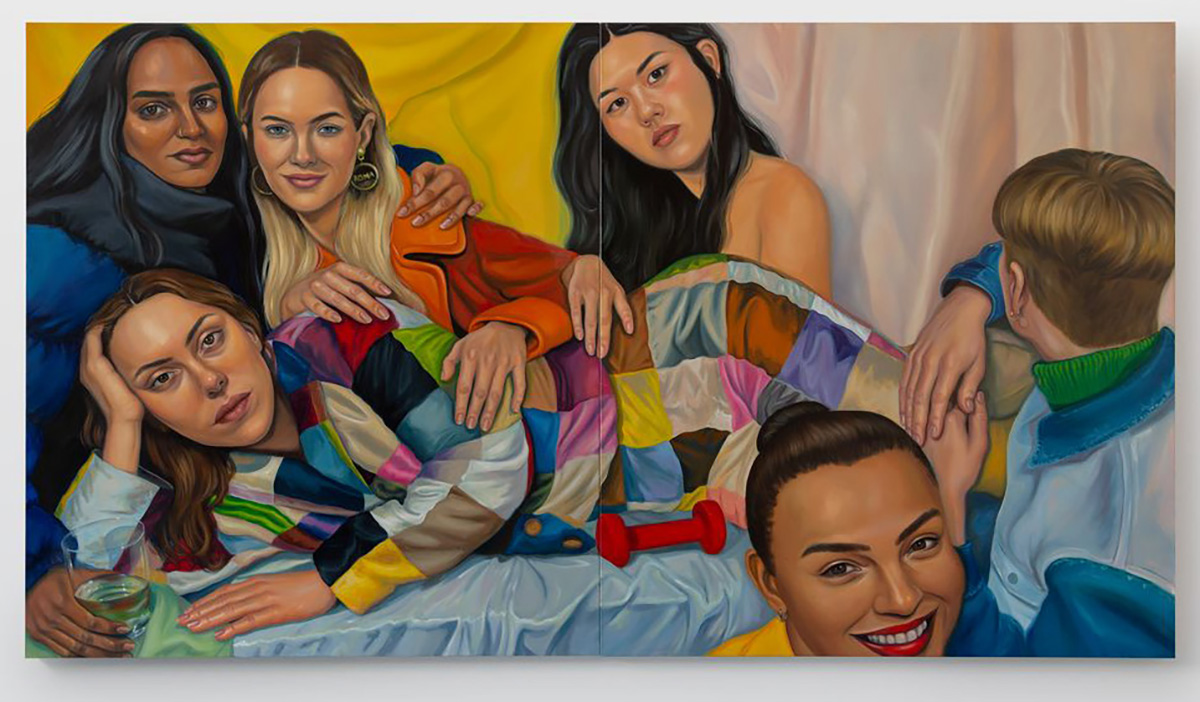



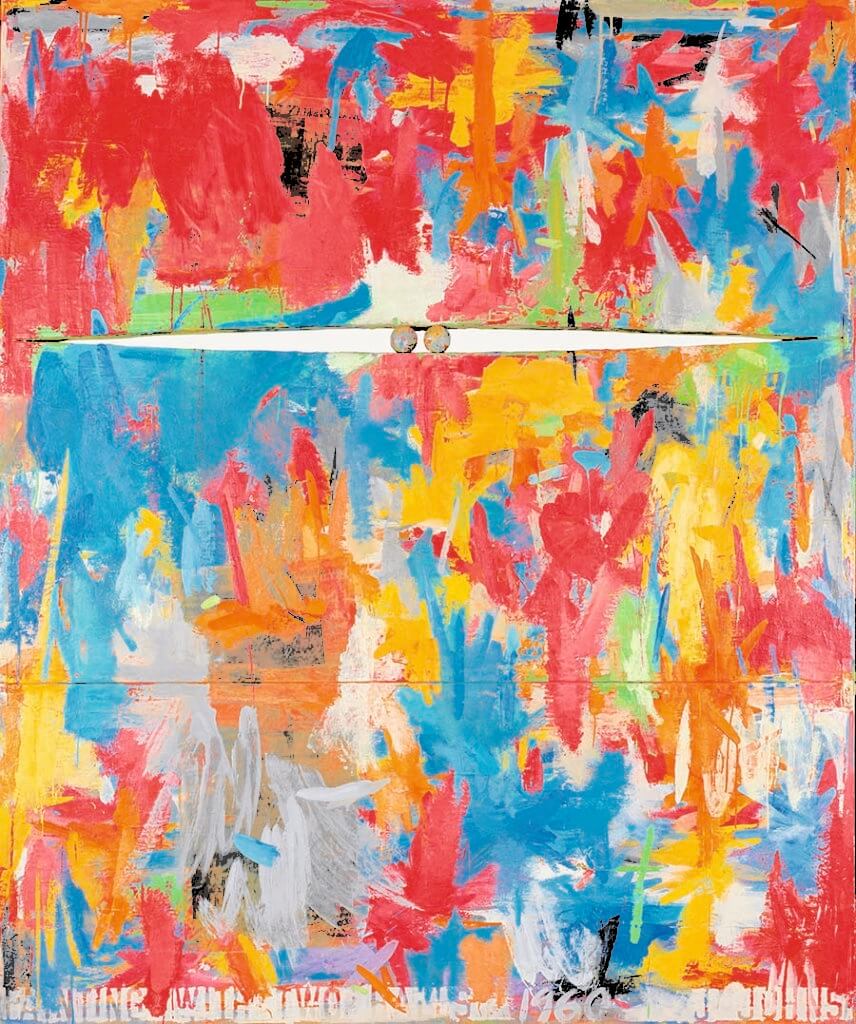





Recent Comments